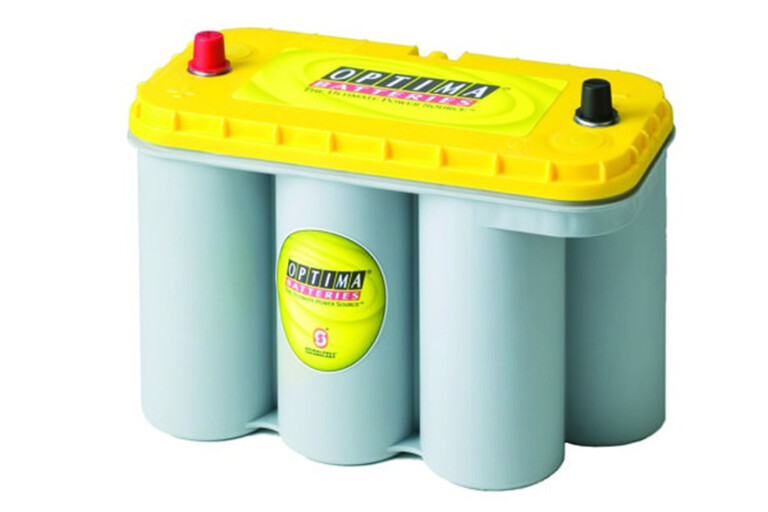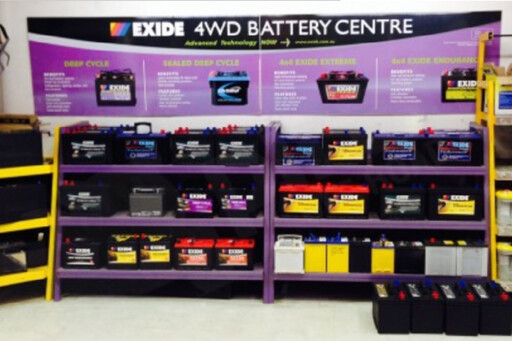
THE Aussie Outback Solar Challenge was recently undertaken by Alan Johnson – and his son Michael – from Piranha Off Road, and the duo successfully crossed the Simpson Desert in a Suzuki Sierra that was converted to run on an electric motor.
The story within the story, however, is that the motor was powered by three banks of four Optima spiral-wound batteries that could only be recharged by the sun.
These batteries aren’t some special build from a secret laboratory unavailable to mere mortals; they’re off-the-shelf Optima D31A spiral-wound AGM batteries manufactured by Johnson Controls.
These batteries are available at Piranha Off Road and are used in many 4x4/camper-trailer applications as auxiliary power batteries. The batteries are also used extensively in 4x4 competition vehicles, as well as starting and winching applications.
 So what makes them special? The first and most obvious is the unique design which houses the six cells configured as a spiral-wound sheet of positively and negatively charged lead grid separated with an Absorbed Glass Matt (AGM).
So what makes them special? The first and most obvious is the unique design which houses the six cells configured as a spiral-wound sheet of positively and negatively charged lead grid separated with an Absorbed Glass Matt (AGM).
This design, introduced to Australia back in the early 2000s, has proven very successful and has changed the way we think about lead acid batteries.
The different design can be mounted in virtually any position, and it’s spill-proof and provides high resistance to vibration. Mix this with its ability to be used for starting, cycle-duty or fast-recharging – plus it lasts three times the life of a similar conventional lead acid battery – and it becomes a compelling choice of storage power.
 The ability to quickly recharge was a significant factor when charging the three banks of four batteries using the five X Solar panels, the only source of power in the middle of the Simpson Desert.
The ability to quickly recharge was a significant factor when charging the three banks of four batteries using the five X Solar panels, the only source of power in the middle of the Simpson Desert.
After the crossing, which took seven days and five hours, the batteries were tested and found to be in top condition. Considering the number of times they were charged and discharged and the high to low temperatures they had to operate in, not to mention dust storms and sand ruts causing vibration, these batteries certainly topped the grade.

COMMENTS